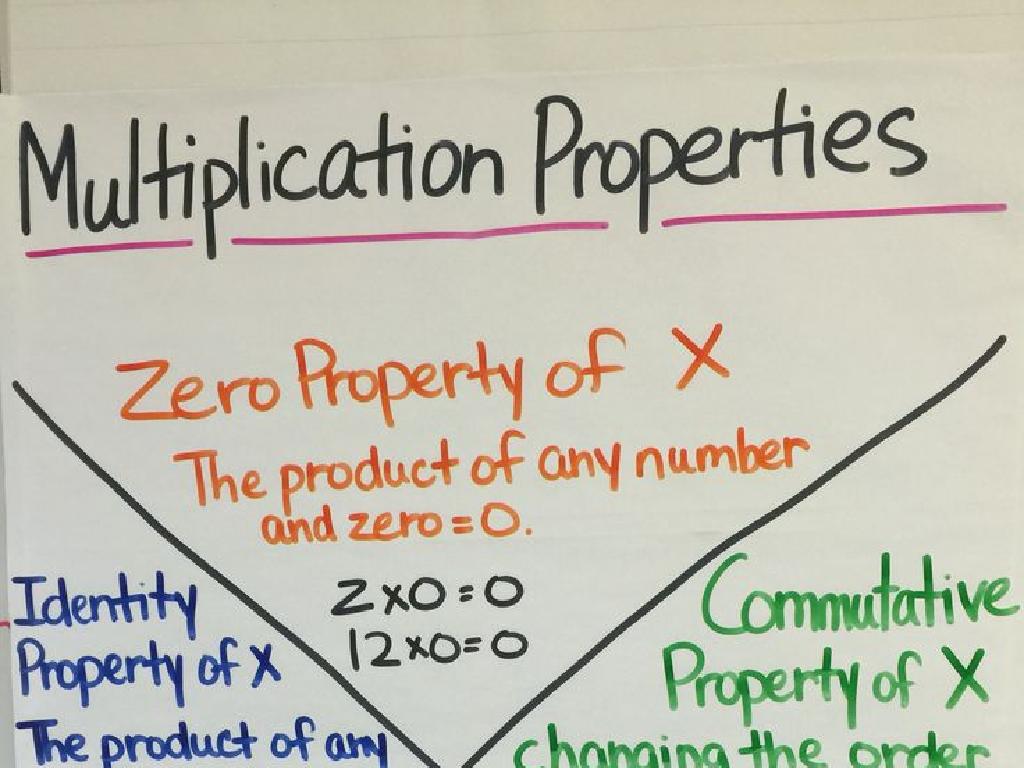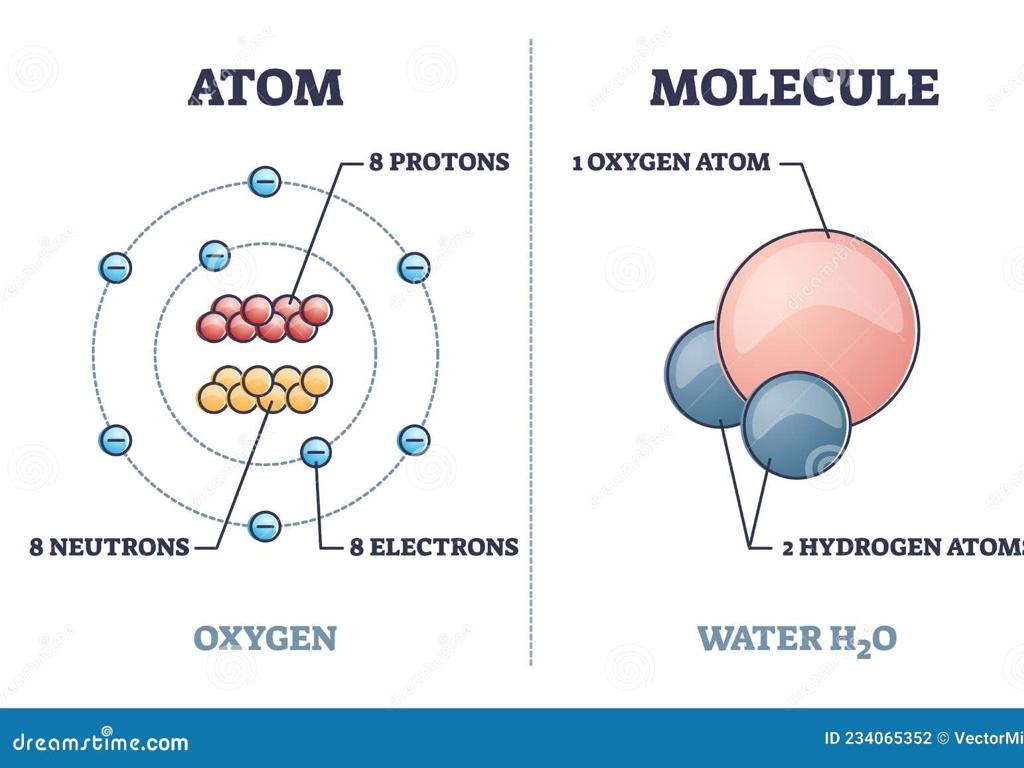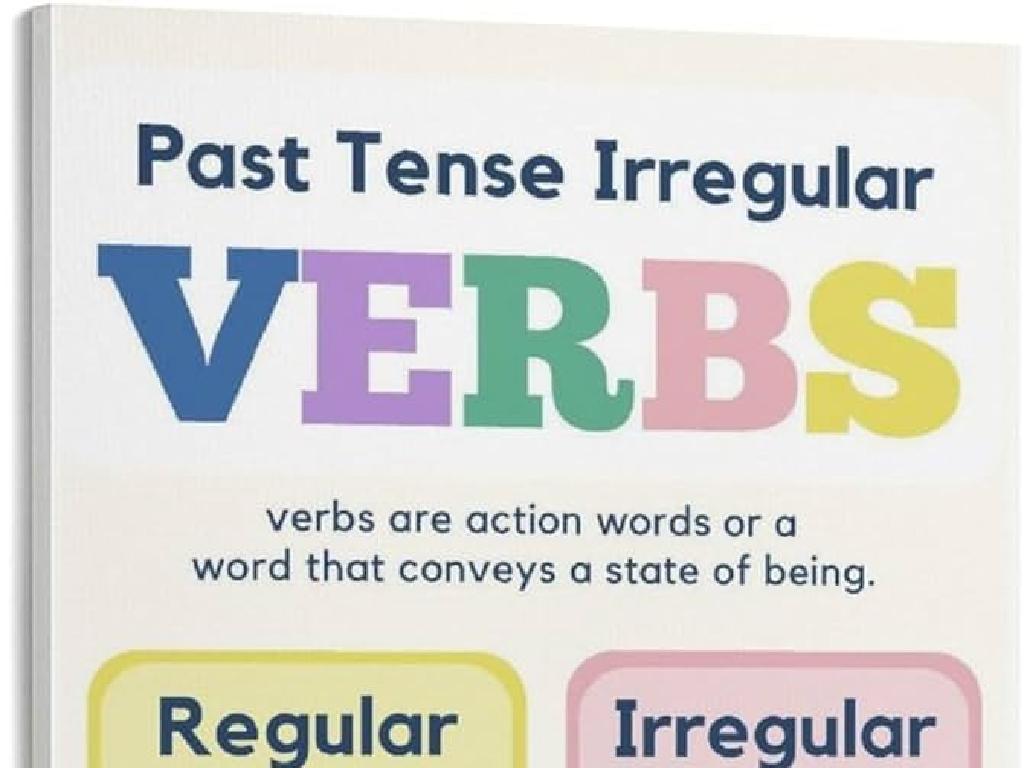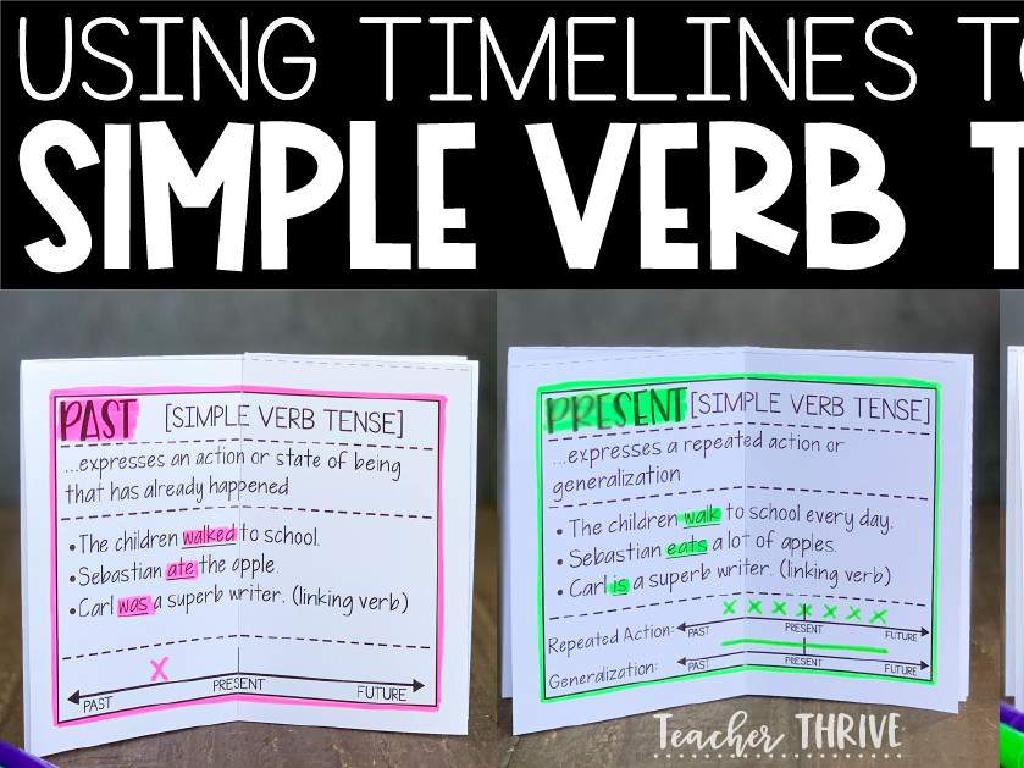More Light Or Less Light
Subject: Science
Grade: Kindergarten
Topic: Light And Sound
Please LOG IN to download the presentation. Access is available to registered users only.
View More Content
Good Morning, Bright Stars!
– Today’s topic: Light!
– Light is all around us
– Sunlight, lamps, and flashlights are sources of light
– Where do we find light?
– Can you think of places with light? Maybe outside or in your room?
– Light makes things bright
|
Begin the class with a warm and engaging greeting. Introduce the concept of light in a simple and relatable way for Kindergarten students. Ask the children where they see light to encourage participation and to assess their prior knowledge. Use examples like sunlight, lamps, and flashlights to help them understand different sources of light. Explain that light is what makes things bright and allows us to see. For the activity, you can have children draw places where they find light or have them point to different light sources in the classroom. This will help them connect the concept of light to their everyday experiences.
Exploring Light: What is Light?
– Light helps us see things
– Light comes from many places
– Sun, lamps, flashlights are sources
– The sun gives us natural light, lamps and flashlights are made by people.
– Let’s find light sources together!
– We can look around the room and name objects that give us light.
|
This slide introduces the concept of light to Kindergarten students. Begin by explaining that light is what allows us to see everything around us. Discuss various sources of light such as the sun, which provides natural light, and artificial light sources like lamps and flashlights. Engage the students by asking them to name different light sources they know or can find in the classroom. This activity will help them understand that light comes from different places and is essential for us to see. Encourage them to think about what happens when there is no light and relate it to their experiences of playing in the dark or during the night.
Exploring Light: More or Less?
– Daytime gives us more light
– The sun is up during the day, making it bright
– Nighttime is when it’s less bright
– At night, the sun is gone and it’s dark outside
– Curtains control light in a room
– Pulling curtains over windows can make inside darker
– Light helps us see and do things
|
This slide is aimed at helping Kindergarten students understand the concept of varying light levels. Begin by discussing the difference between day and night, emphasizing that the sun provides light during the day, making it bright. Contrast this with nighttime, when the sun is not visible, and it’s darker. Introduce the idea that we can change how much light is in a room using curtains. This can lead to activities where students observe and discuss changes in light, such as opening and closing curtains or blinds in the classroom, to reinforce the concept that we can control the amount of light in our environment. Encourage students to share experiences of when they have noticed it being very bright or very dark and what they did to make it easier to see.
Playing with Light: Shadows
– Shadows appear when we block light
– Make shadow shapes with hands
– Use your hands to create fun shapes like a bird or a dog
– Shadows change with distance
– Moving closer makes shadows bigger, moving away makes them smaller
– Discovering light and darkness
|
This slide introduces the concept of shadows as a part of learning about light. It’s designed to be interactive, encouraging students to actively engage by making shadow shapes with their hands. Explain that shadows are created when an object blocks light. During the activity, guide the children to observe how the size of the shadow changes as they move closer to or further from the light source. This will help them understand the relationship between light, objects, and shadows. Encourage them to ask questions and share their observations. The goal is to foster curiosity and basic understanding of light and shadows in a fun, hands-on way.
Bright and Dim Lights
– Lights can be very bright or not so bright
– Dimmer switches change light brightness
– It’s like a volume knob but for light!
– Turning the dimmer up makes it brighter
– Like the sun in the sky vs. a nightlight
– Turning it down makes the light dimmer
– Like a sunset, when the sky gets darker
|
This slide introduces the concept of brightness in lights to Kindergarten students. Begin by explaining that lights don’t always have the same brightness; they can be very bright or not so bright. Introduce a dimmer switch as a tool that can adjust the brightness of a light, similar to how a volume knob adjusts sound. Demonstrate, if possible, by using an actual dimmer switch to show how turning it up increases brightness (like the sun at noon) and turning it down decreases brightness (like the sky during sunset). Encourage the children to think of examples of bright and dim lights they have seen.
Class Activity: Exploring Light
– Play with light using flashlights
– Observe making light more or less
– Notice how light changes when you move the flashlight closer or farther away
– Share and take turns
– Have fun discovering!
– What happens when you shine light on different objects?
|
This activity is designed to give students a hands-on experience with light. Provide each student or a group of students with a flashlight. Guide them to observe how the intensity of light changes as they move the flashlight closer to or farther from a surface. Encourage them to notice the size and brightness of the light spot. Emphasize the importance of sharing and taking turns to ensure everyone gets a chance to experiment. Possible variations of the activity could include using colored cellophane to change the light color, using objects to cast shadows, and comparing the brightness of light in a darkened room versus a well-lit room. The goal is for students to understand that they can manipulate light and to observe its properties.
Exploring Light: Bright, Dim, and Shadows
– Light helps us see things
– Light can be bright or dim
– We can create shadows with light
– When we block light with an object, it makes a shadow on the other side
– Share your favorite light discovery
|
In this concluding slide, we recap what we’ve learned about light. Emphasize that light is essential for us to see the world around us and that it can have different levels of brightness. Discuss how bright light can make things easier to see, while dim light can make it harder. Highlight how fun it was to create shadows by blocking light with various objects and ask the students to think about what they enjoyed the most during the lesson. Encourage them to share their favorite part, whether it was discovering how light works, playing with shadows, or something else. This will help reinforce their understanding and make the learning experience memorable.





